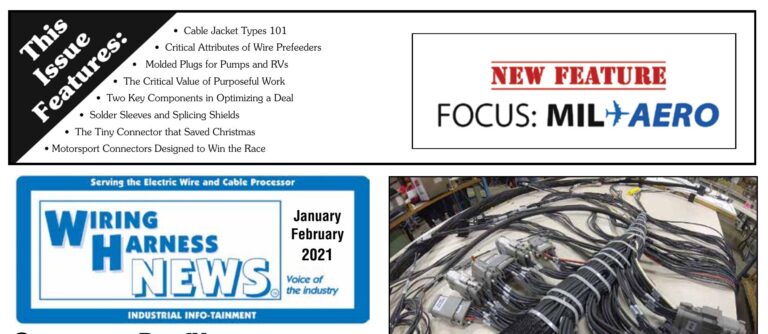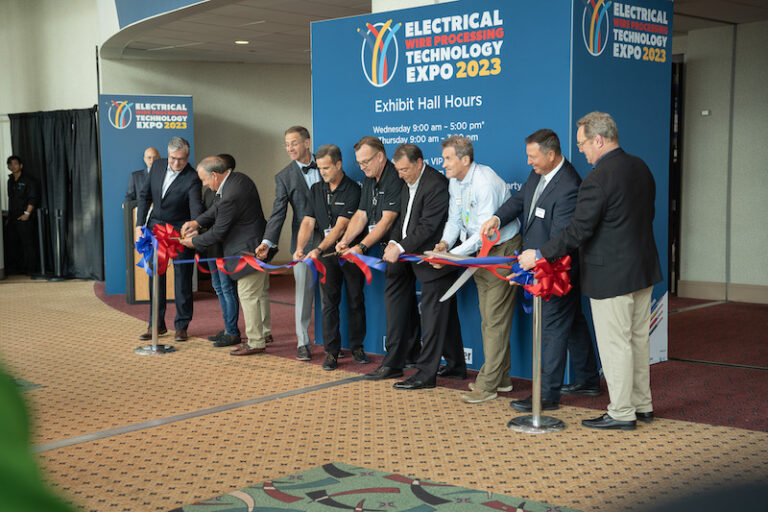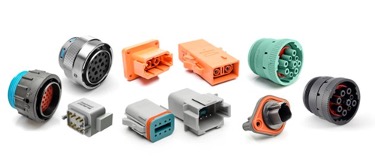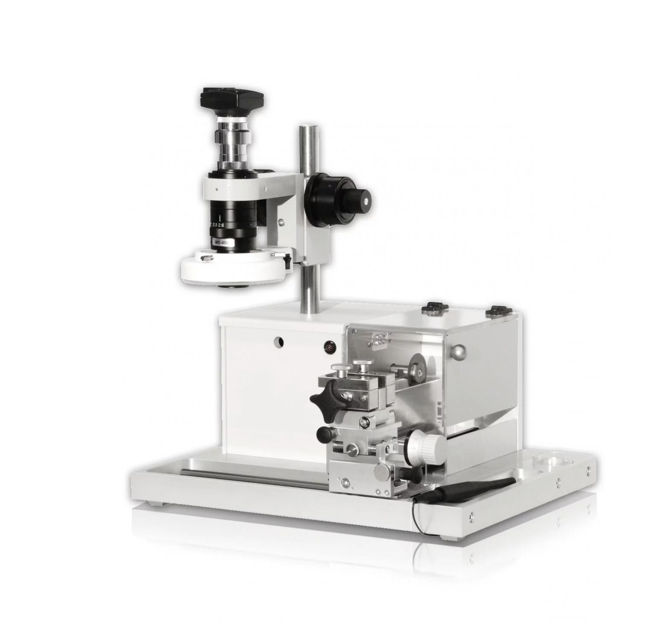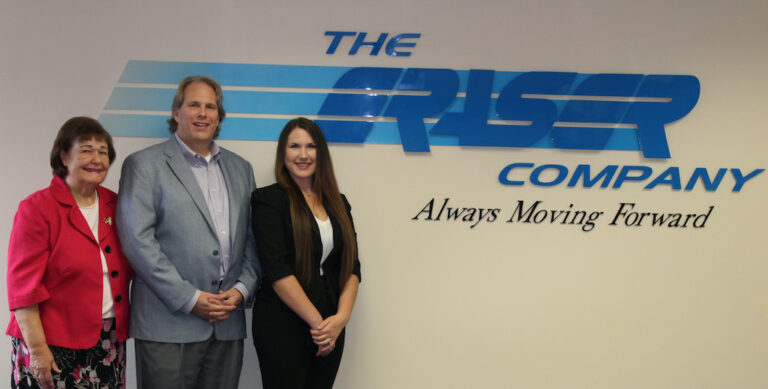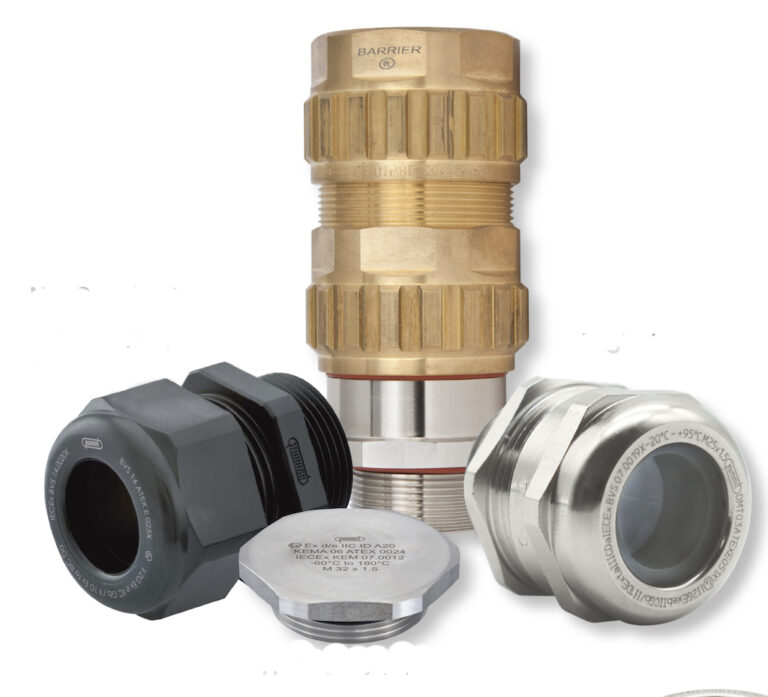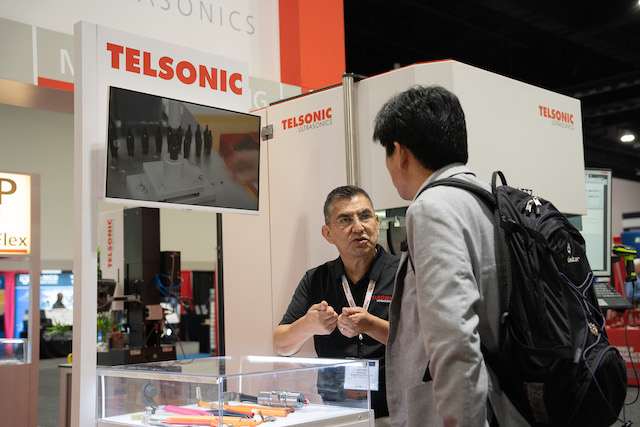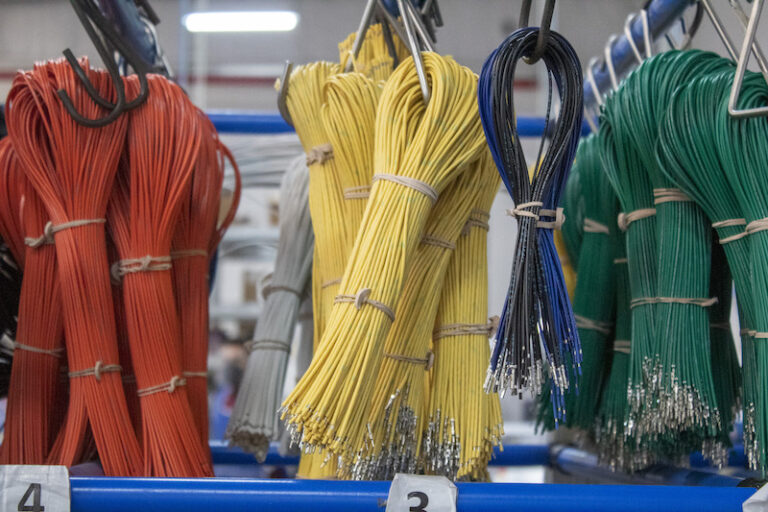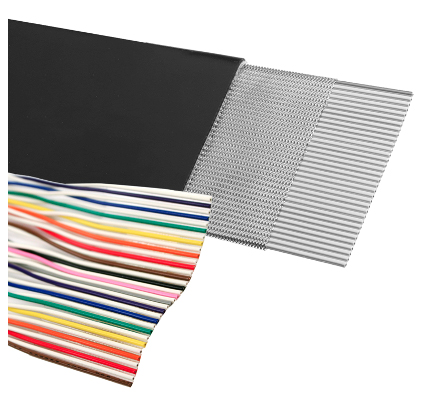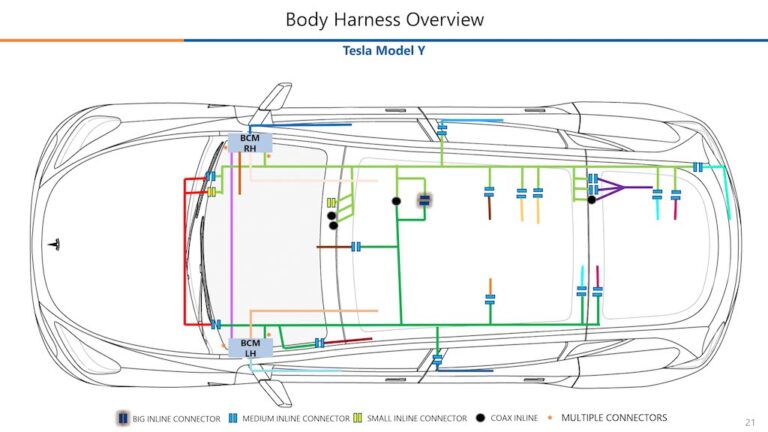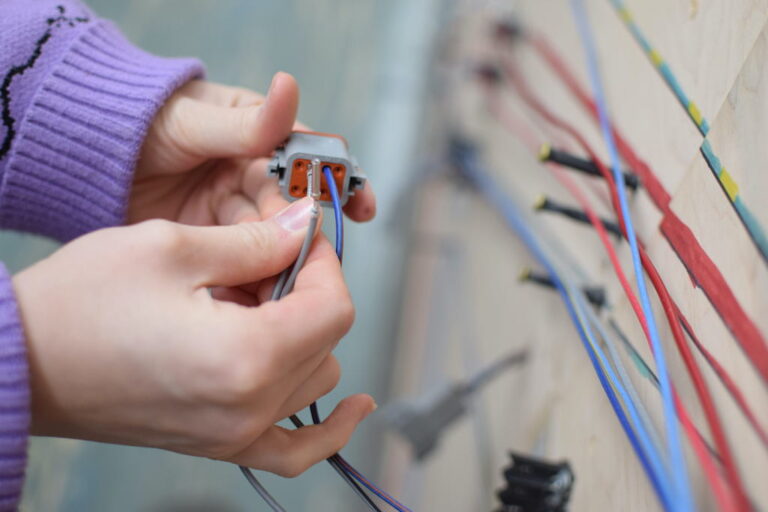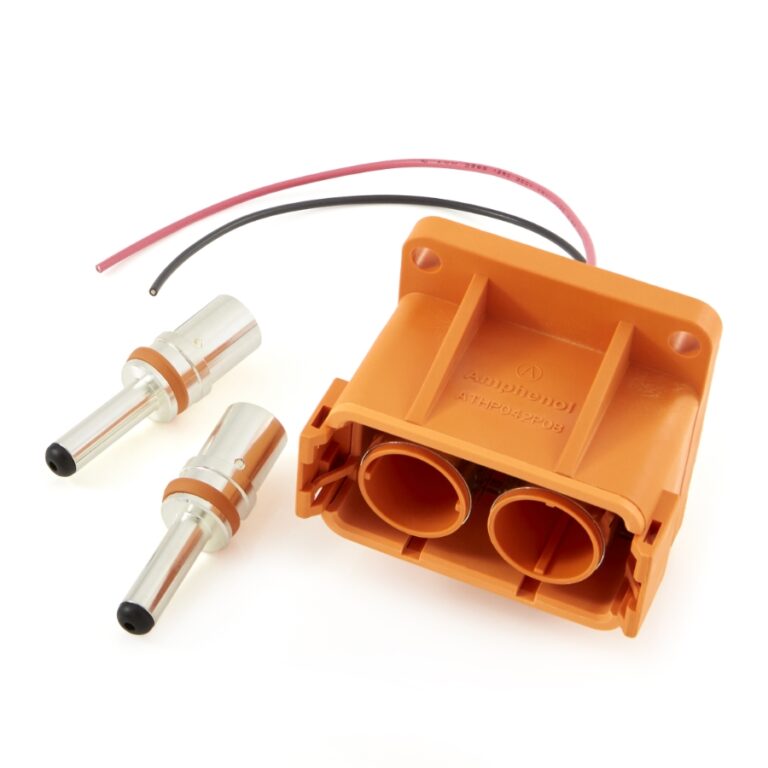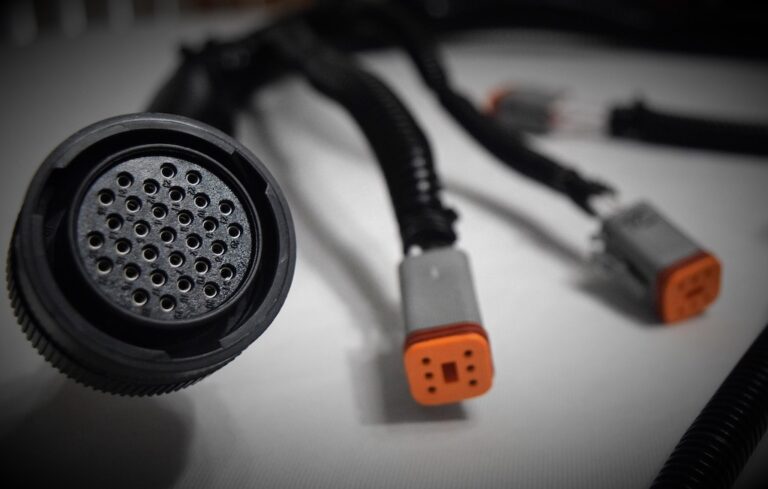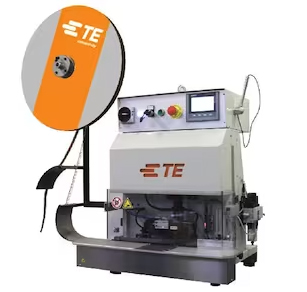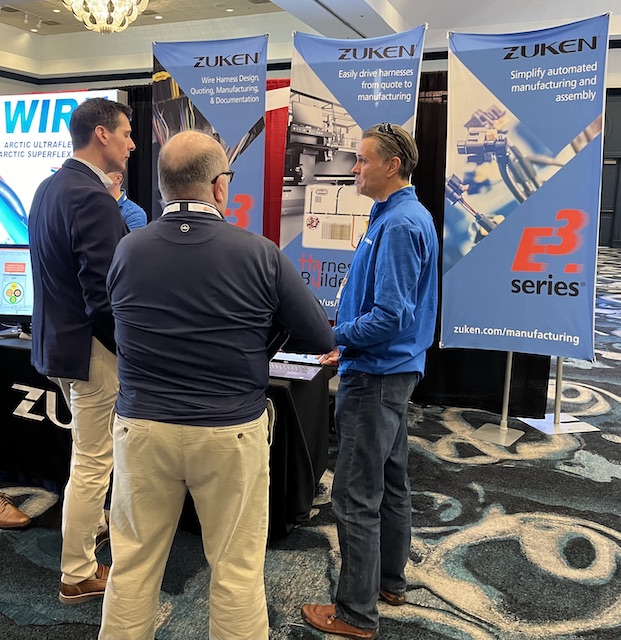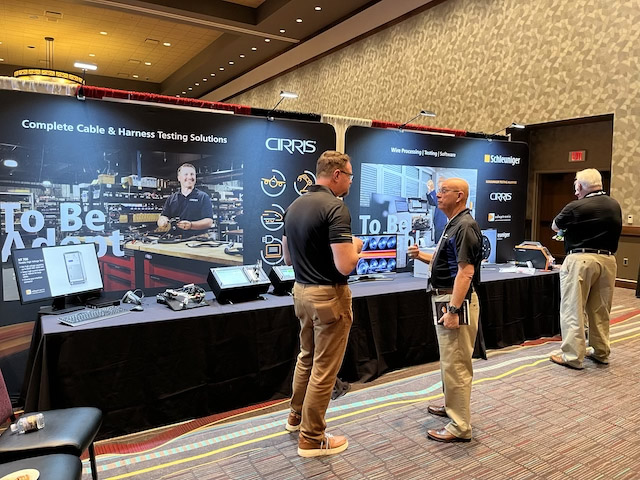Light Weight and Normal Weight Wire Construction in Aerospace Wiring
By Michael Traskos – Lectromec
Saving weight is a large part of any aircraft design. Naturally, the electrical system is not exempt from the goal of shaving off a couple of pounds. This often comes in the form of looking for lighter connectors, lighter clamps, and also lighter wire constructions. Those that have done this have undoubtedly come across two classifications of wire construction: “Normal weight” and “light weight”. Of course, if the EWIS has to go on a diet, then the “light weight” construction looks like a good substitute for the “normal weight” … after all, why would the wire be called “light weight” if not for satisfying weight requirements.
As with all parts of the EWIS, going to the light weight construction is not a simple swap. There are performance changes and requirements that must be addressed with making the change.
High Level
The difference between light weight and normal constructions is narrowed down to the insulation thickness. Comparing a 20AWG normal weight wire to a 20AWG light weight wire, the conductor size may remain the same, but the insulation thickness will not. In light weight constructions, to reduce the weight, the insulation thickness is decreased. In many cases, the light weight construction will have a wall thickness of 5 – 7 mils with the normal weight construction having a construction greater than 7 mils.
Save weight, lose what?
As with everything in engineering, there is a tradeoff for everything done. The use of the light weight wire construction is not without costs. For this example, we shall compare the performance requirements of AS22759/193 and /195. These are the light weight and normal weight variants (respectively) of the smooth surface PTFE-Polyimide construction with silver-plated extra high strength copper alloy conductor.
Table 1 shows the list of tests that are required for both construction types and have the same requirements
| Test | Requirement | |
| Impulse Test Voltage | Same | |
| High Frequency Test Voltage | Same | |
| Insulation State Of Sinter | Same | |
| Lamination Sealing | Same | |
| Insulation Blocking | Same | |
| Shrinkage | Same | |
| Insulation Resistances | Same | |
| Wet Dielectric Voltage | Same | |
| Insulation Strip Force | Same | |
| Uv Laser Contrast | Same | |
| Finished Wire Identification | Same | |
| Thermal Shock | Same | |
| Thermal Mechanical Resistance (Life Cycle) | Same | |
| Humidity Resistance | Same | |
| Fluid Resistance | Same | |
| Smoke Resistance | Same | |
| Flame Resistance | Same | |
| Wet Arc Resistance | Same | |
| Dry Arc Resistance | Same | |
| Dynamic Cut Through | Lower requirements on light weight construction | |
| Force Hydrolysis | Same | |
| Longevity Resistance (Thermal Index) | Same | |
| Abrasion Resistance | Lower requirements on light weight construction | |
Table 1. Test requirements for both construction types.
With the exception of two tests (dynamic cut through and abrasion resistance), both the light weight wire and normal weight wire share a common test basis. This makes sense that the chemical and thermal testing requirements are the same for both of the two wire constructions; the insulating materials are the same and so is the conductor. However, it is important to note that while the performance requirements are the same, this does not mean that they are the same.
For example, 5 mils of insulation will have lower dielectric strength than the same insulation if the thickness is doubled to 10 mils. Slowly increasing the voltage until the insulation is breached would undoubtedly find a lower threshold voltage for the 5mil wall thickness.
This also gives an insight into the performance of normal weight constructions. Even with a reduction of 20 – 30% of insulation thickness due to a physical trauma like abrasion, notch, or crushing, a normal weight construction would still be able to meet or exceed the performance requirements (given that a light weight construction is already thinner, made of the same materials, and has the same performance level).
What about Other Tests?
Other tests listed in the AS4373 but are not included in the qualification for the AS22759/193 and /195 constructions would similarly show performance differences between the wires. These include:
- Dielectric Constant
- Corona Inception and Extinction Voltages (Also Know As Partial Discharge)
- Flex Life
- Insulation Tensile Strength
- Notch Propagation
- Stiffness and Springback
- Circumferential Insulation Elongation
This is not to say that the performance differences are significant in every application, but there are applications where these factors should be addressed before selecting a light or normal weight wire construction.
Restriction of Light Weight
With the differences identified, next comes the application differences. The wiring bible of AS50881 is a starting point for this review. A casual reader of the AS50881 does not point to a limitation on the use of light weight wire constructions; there is no explicit limitation except that in section 3.8 “Wiring Selection” it states that, “the wire shall be selected in accordance with Appendix A of this specification”. Digging into the AS50881 Appendix A finds that there are two groups of wires, those that are permitted for use in open harness construction (with no additional sleeving protection) and protected harnesses (additional harness protection).
Those wires that are permitted for open wire harness construction are exclusively normal weight constructions while the protected harnesses may use either normal weight or light weight constructions. The light weight constructions may also be used in cables so long as the cables have an additional jacket.
And thus, determining the weight benefit of light weight constructions becomes more complicated. Before harness assembly, the clear winner for weight is the wire harness using light weight wire constructions, but after a secondary sleeving is added, the performance is not as clear. Since secondary harness protection comes in many shapes, sizes, and weights, not to mention the potential need to change clamp sizes, additional cost-benefit calculations are needed.
Wrap Up
Light weight wire constructions are a suitable alternative for those seeking to reduce wire weight, but their application requires calculating the additional factors of harness protection and/or using light weight wires in cables.
For those seeking to quantify the performance difference and get data applicable to their application, contact Lectromec. Our ISO 17025:2017 accredited lab can perform nearly all of the testing needed for comparative performance evaluations. We are here to help.
About Lectromec
Whether it is a wire, cable, harness, system, or new/old aircraft, if it is in aerospace, it needs to be certified. But without the knowledge and data, certification cannot happen. Lectromec has been a leader in wires and wire interconnect systems since 1984 and has provided expertise to the aerospace industry, both military and commercial.
Helping our clients advance and achieve their wire system and component goals is what Lectromec has been doing for 34 years. We have the tools, knowledge, and credentials necessary to certify components and systems through the entire lifecycle.





















